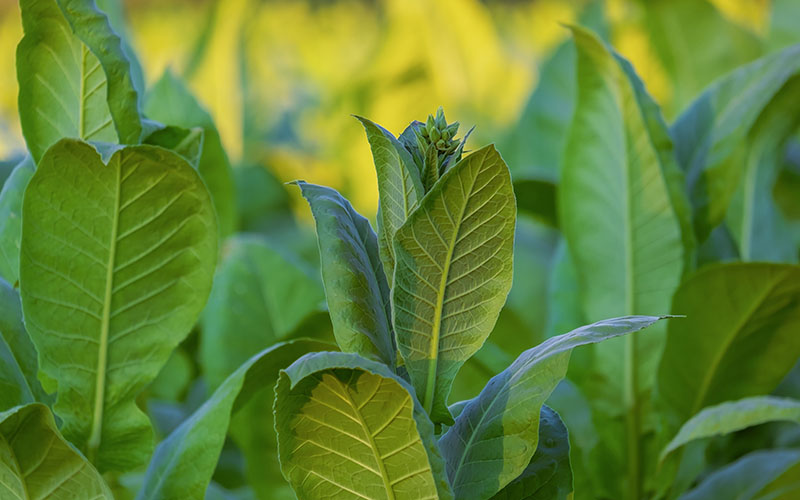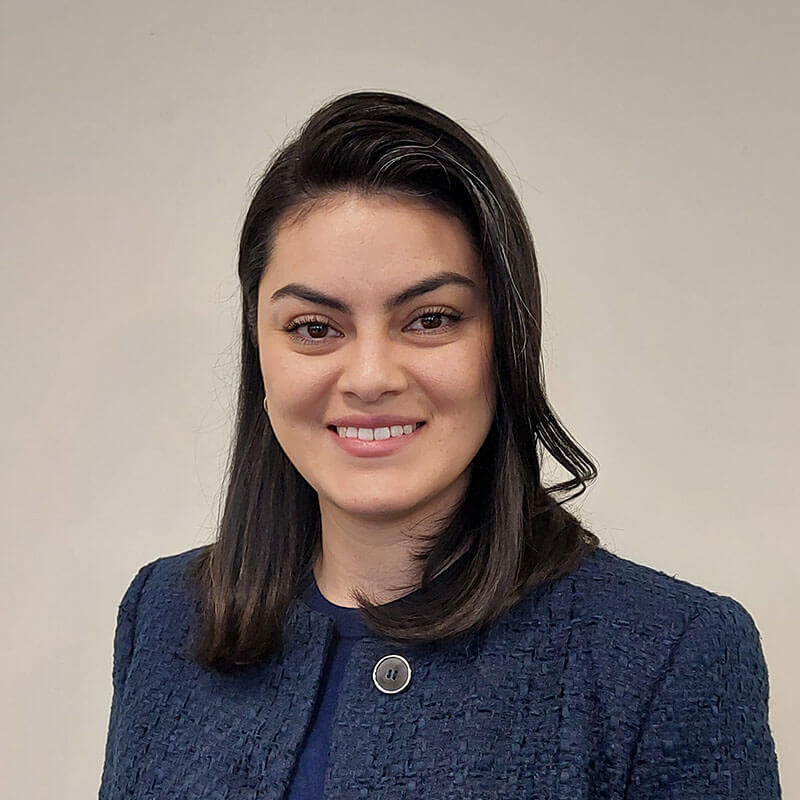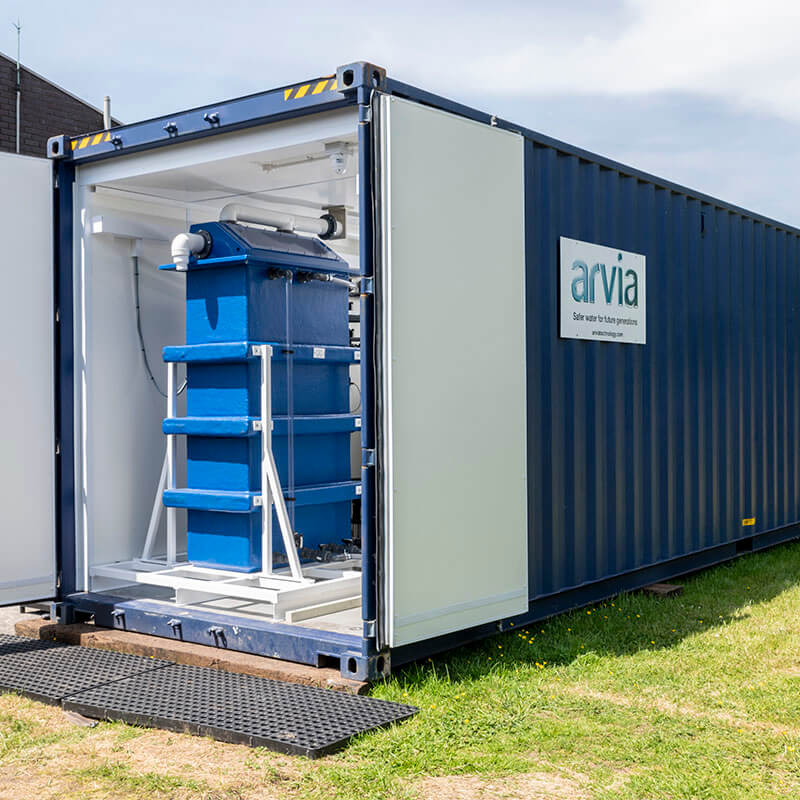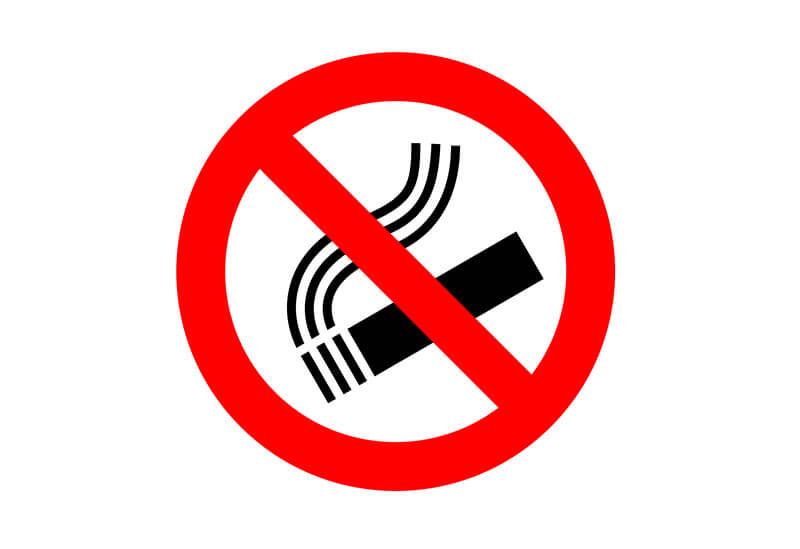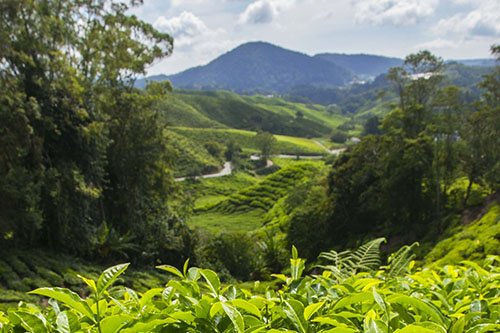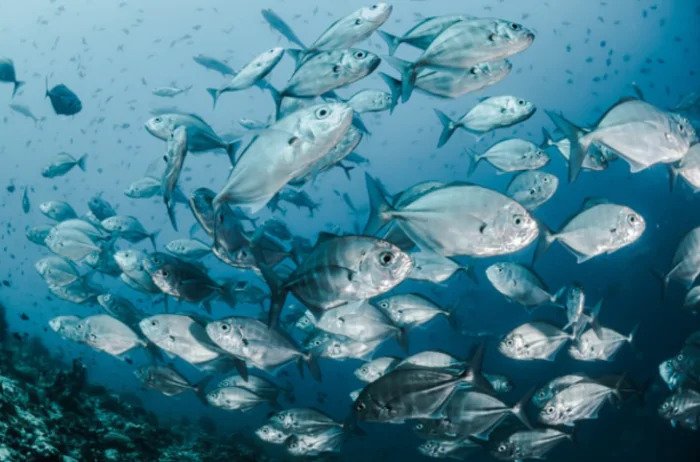Case Study: COD Removal for Water Reuse in Tobacco Manufacturing
Major tobacco processing facilities have approached Arvia to increase water reuse. This case study investigates how our client was able to reduce the overall COD (Chemical Oxygen Demand) organic loading to enable wastewater reuse.
